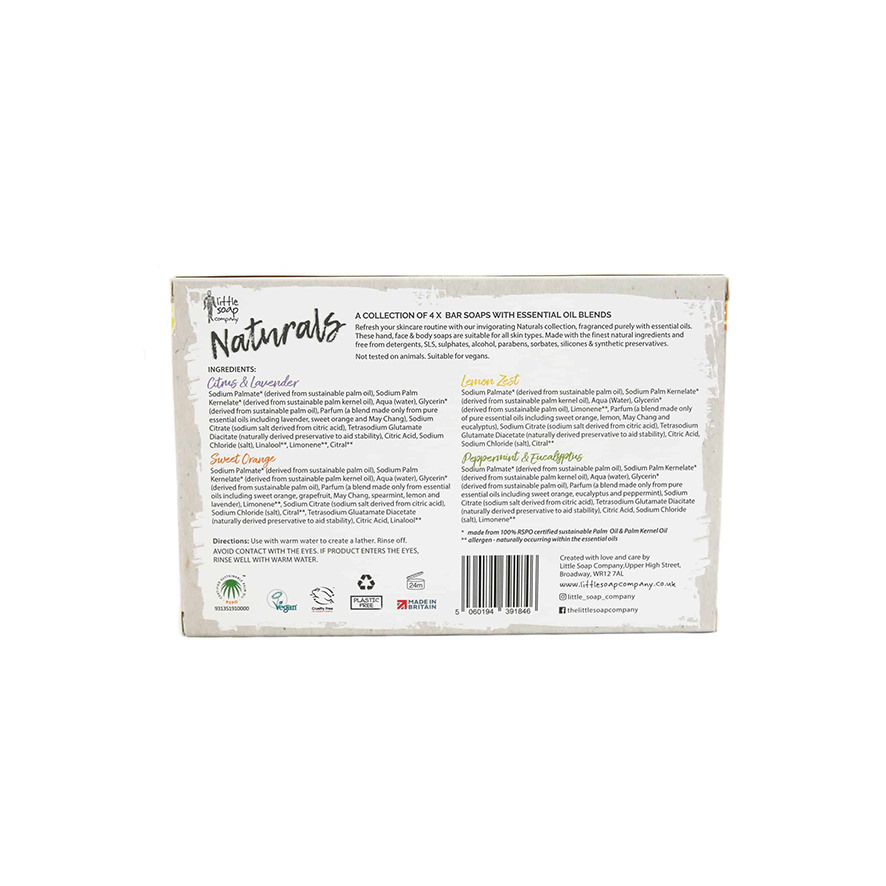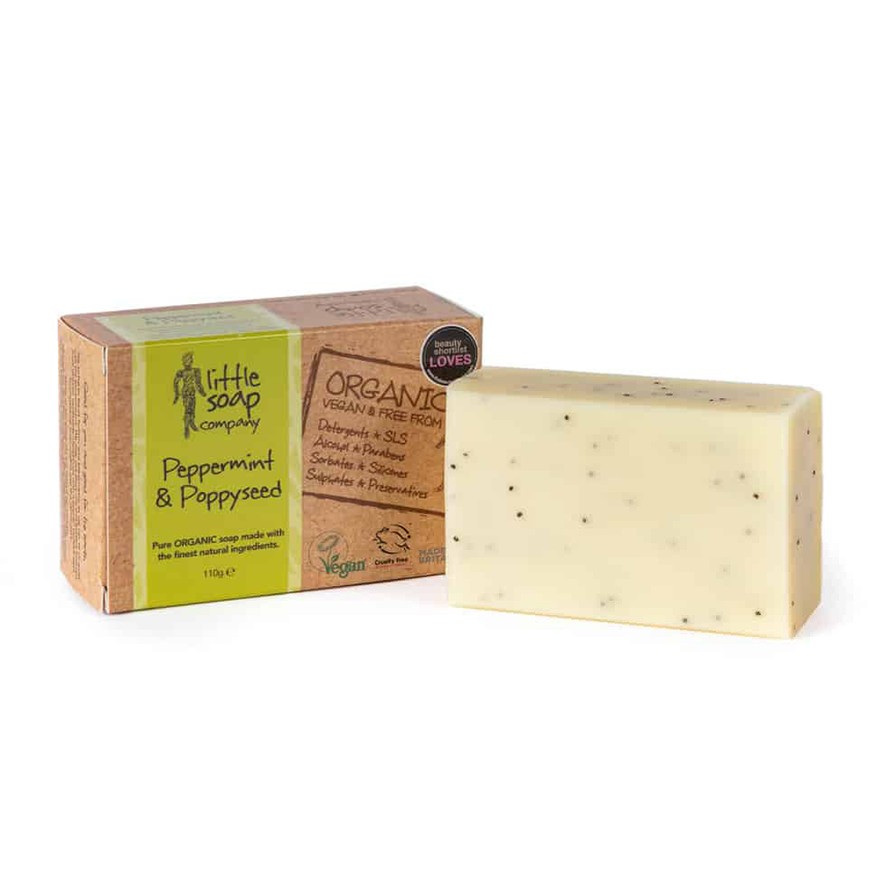From the very first bar produced back in 2008 (on the kitchen table!) to the launch of the handmade range in Waitrose in 2009; to a regional launch in Tesco, Organic lines launched in Waitrose; the 2013 launch in Tesco, Boots and Sainsbury’s nationally; to the launch of the pet shampoo Little Beast range in Ocado- all the way to the launch of our Naturals Range in Asda and the creation of the Eco Warrior Soap range in 2018 plus the 2020 launch of the Naturals range in Morrisons, alongside the launch of the Eco Warrior Beauty Edit in Superdrug… it’s been quite. a journey! We’ve always had one mission in mind through it all- to bring good quality, natural soap to everyone, at a price more can afford.

We’ve never, ever wanted to achieve this through compromising our belief that we can- and should- always avoid harmful chemicals, additives and pollutants. So for those of you interested in learning more about the story behind the soap, and we we use the ingredients we use- this one is for you!
A Big Vision
Confident that consumers actually wanted environmentally friendly products, far removed from the current options that lined the supermarket shelves, Little Soap has always been a pioneer for natural soap. Having a big vision has meant that we’ve always been open to exploring new ideas and to dreaming big! It’s this ambition that has led to the expansion of our range, whilst maintaining our promise produce vegan, cruelty-free and hand-crafted soaps that are made using the finest natural ingredients, all ethically sourced.
Our ingredients
Full ingredients lists can be found on our website, and we’re always more than happy to answer any questions you might have via email (contact us here) or over on social too. We always advise that none of our products are sold as allergy-free, but we do recommend our unperformed bards for sensitive skin. It’s also important to note that we do use nut oils in some products (we always clearly label this) and our factories also use walnut shell, apricot shell, hazelnut out, almond oil, macadamia nut oil, shea butter and kukui nut oil. With that out of the way, let’s talk about the other ingredients we use…
Why we use certain ingredients in our soap
First off, it’s important to understand that the inclusion of lye is what makes a bar of soap just that. All real soap is made with lye (also known as NaOH/sodium hydroxide/ caustic soda) mixed with fat or oils-such as coconut, palm or olive. If its not made with lye, it’s just not soap, it’s. a detergent and you can really tell the difference when you use it on your skin. You know that awful tight feeling you sometimes get after washing your face? Yep- that was detergent. Not good! Rather than nourishing your skin, detergent will strip it and leave your skin distressed instead.

Although we don’t list lye or sodium hydroxide on our soaps, all of our soap bars are made using lye. This is because during a process called saponification (where the lye and fat molecules have combined and chemically changed into soap) the end result is glycerine. During this process, all lye disappears and is therefore not present in the finished bar of soap.
After saponification we list ingredients like this, so that we can see which oils have been used in the process:
- sodium cocoate: the generic name for the mixture of coconut oil with sodium hydroxide (lye).
- sodium palmate: the generic name for the mixture of palm oil with sodium hydroxide (lye).
- sodium palm kernelate: the generic name for the mixture of palm kernel oil with sodium hydroxide (lye).
- sodium olivate: the generic name for the mixture of olive oil with sodium hydroxide (lye).
Organic vs Natural
We’ve always used the highest quality, non-toxic and biodegradable ingredients in our soaps, and we don’t intend to change that. Our products do not impact marine life; you can literally use them in the middle of a jungle without inflicting any damage on the wildlife or the planet. There are no nasties in our soap!
When it comes to our packaging, we’re obliged to use the Latin name in the ingredient list but we also include the ‘common’/English name for clarity. For our Organic Range we choose not to be a member of the Soil Association, as we would be limited in the producers we choose to use, but in terms of percentages, we ascribe to Soil Association and COSMOS guidelines.

So what’s the difference between ‘natural’ and ‘organic’? The term natural has sadly been misused in the beauty industry- to be conceded natural, a product needs to only contain as little as 1% naturally-grown ingredients! We always clearly label the percentage used in our Naturals and Eco Warrior ranges so you know what you’re getting. When it comes to organic, both our Organic and Little Beast ranges adhere to the Soil Association’s definition:
‘An organic beauty product has ingredients that have been grown using organic farming methods. Organic farming does not allow the use of synthetic fertilisers, genetically modified (GM) ingredients and herbicides’
This kind of clarity sits at the heart of everything we do. It allows you to make informed decisions about how natural, how organic and how good for you and our planet our products are.
A final word, on Palm Oil
We’ve written before about why we use Palm Oil in our products, and how we only source this from accredited RSPO-certified sustainable plantations. You can read more about it here but, put simply, using palm oil means that our soap is as wholesome and as rich and lathery as we believe is possible, without the unnecessary use of sodium lauryl sulphate.


